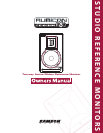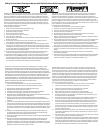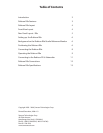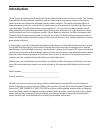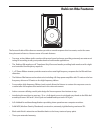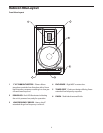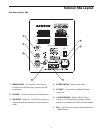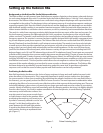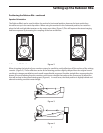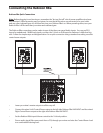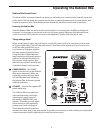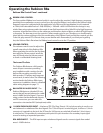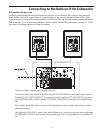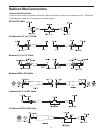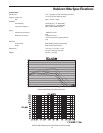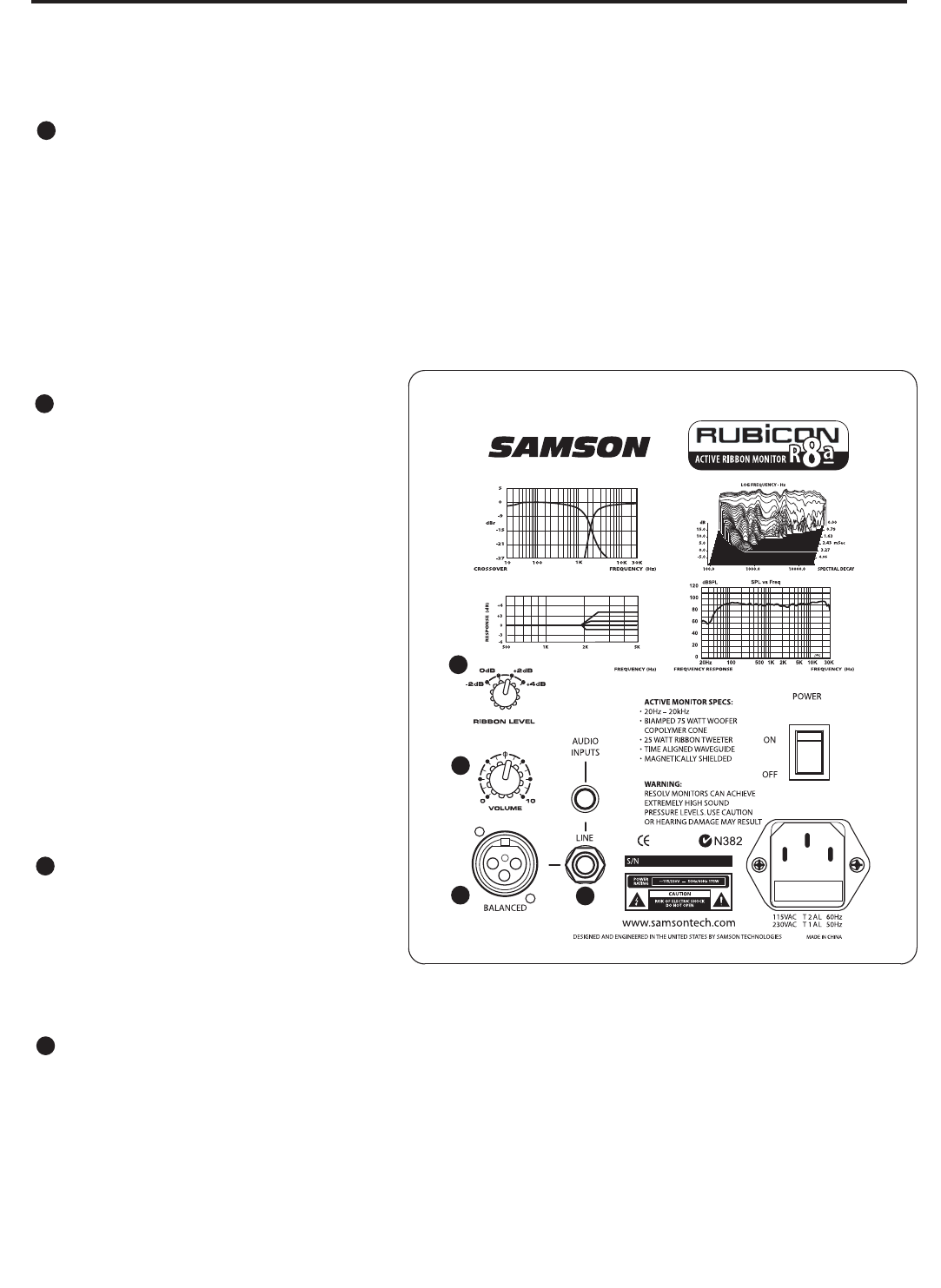
1010
Operating the Rubicon R8a
Rubicon R8a Control Panel - continued
RIBBON LEVEL CONTROL
The four-position Ribbon Level control switch is used to adjust the monitor's high-frequency response,
providing four equalization curves to select from. By using the Ribbon Level control, the Rubicon’s high
frequency response is adjusted with the application of a high-end tilt (equalization circuit) centered
at 12kHz, with selectable levels of –2dB, 0dB (flat), + 2dB and +4dB. You’ll find that the change is very
subtle. Many mix engineers prefer the sound of near field monitors with a little lift in the high frequency
response, some like more focus on the midrange, and therefore, desire a flatter or rolled off high frequen-
cy response. The best way to set the controls is what sounds good to you. Therefore, you should experi-
ment with the various settings to find the combination of the Ribbon Level and Volume controls you like.
To do this, play several CD’s of music that you are familiar with. Remember, if you think you’re getting
lost, the Rubicon R8a is flat when the Ribbon Level control is set to the “0” position.
VOLUME CONTROL
The volume control is used to adjust the
overall output level of the Rubicon R8a.
When operating the unit for the first time,
start with the volume control set all the
way off. Slowly raise the Volume control
to reach a comfortable listening level.
The Ins and The Outs
The Rubicon R8a features a full comple-
ment of input connectors providing
easy installation with a variety of audio
devices like recording consoles, hard
disk recorders, CD players and computer
sound cards, to name a few. The following
section details the Rubicon R8a's input
connectors. In addition, there is a detailed
cable-wiring diagram on page 12.
BALANCED XLR AUDIO INPUT
- The
Rubicon R8a features a female XLR con-
nector that will accept balanced or unbal-
anced +4dBU line level signal. If you are
using a mixer that has balanced outputs
on XLR connectors, you can make the
connections via standard XLR (microphone) cable.
1/4-INCH PHONE AUDIO INPUT – A balanced TRS (Tip, Ring, Sleeve) 1/4-inch phone plug is used to con-
nect balanced or unbalanced line level signals. The 1/4-inch input is a switching jack, so when a 1/4-inch
connector is inserted into the jack, the RCA and/or XLR inputs are switched off and the 1/4-inch input
is switched on. This provides a convenient patch-point for quick insertion of a secondary input signal
source for testing or expanded operation.
RCA AUDIO INPUT – The RCA input accepts unbalanced signals used to connect signals from unbal-
anced –10dBV devices.
1
2
3
4
5
6
7
1
2
3
4
5
6
7
1
2
3
4
5
6
7
1
2
3
4
5
6
7
1
2
3
4
5
6
7
1
2
3
4
5
6
7
1
2
3
4
5
6
7
1
2
3
4
5
6
7



